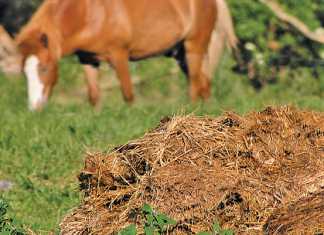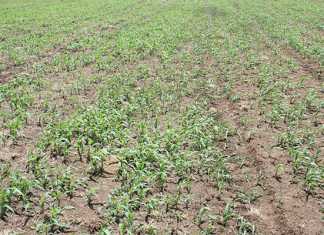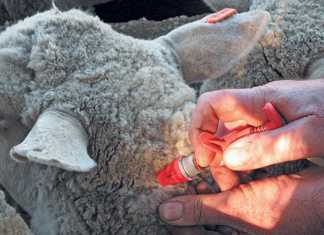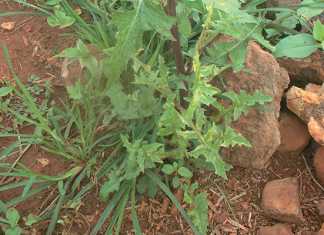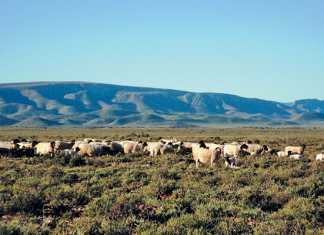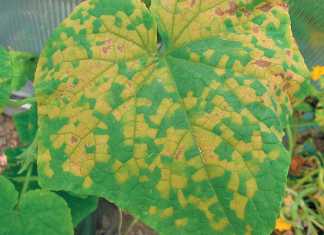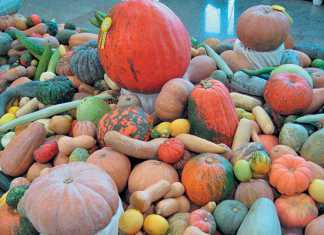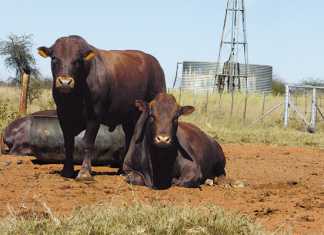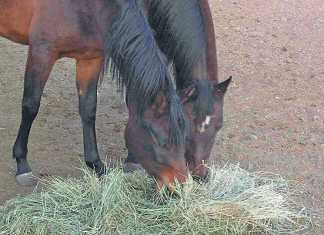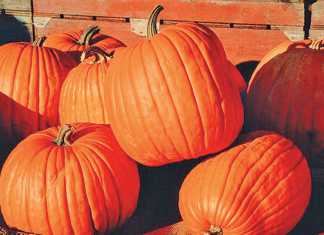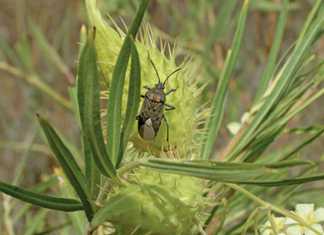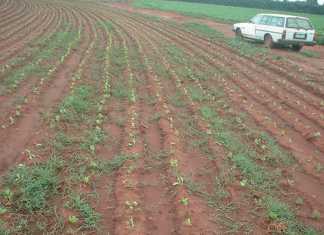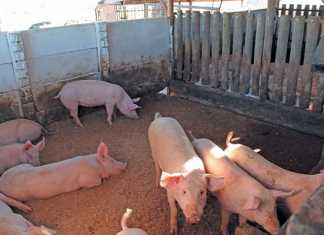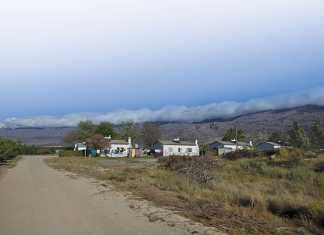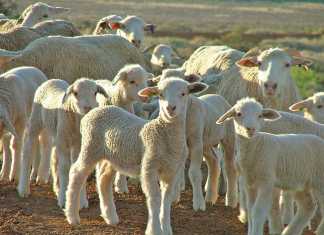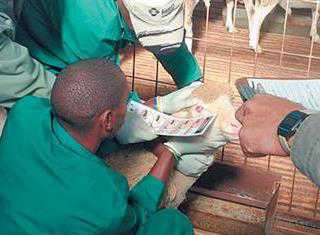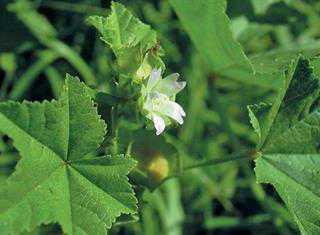The need for manure to be broken down
Suggested application rates for some common crops, including tomatoes and potatoes.
Estimating the size of your land
It’s easy to calculate the size of your plot. All it takes is a bit of patience and simple arithmetic. Here’s how to do it.
Dealing with enzootic abortion
This infectious condition is one of the most common causes of abortion and death in sheep and goats.
Two weeds that are a major threat
Shepherd’s purse and sow thistle are weeds that are hard to eradicate once established, says Bill Kerr.
Get the best out of kraal manure
Before the introduction of chemical fertilisers, farmers all over the world, including those in South Africa, used manure to restore the fertility of their lands.
How to be a good stockman
Whether you’re farming in the semi-desert or on pasture, you will benefit from having a practised eye, says Roelof Bezuidenhout.
A list of cucurbit pests and diseases
Dealing with powdery mildew, fusarium wilt, aphids and other threats to your crop.
How stress affects livestock health
Livestock can suffer stress even during normal handling, increasing their susceptibility to a number of serious diseases.
Cultivating cucurbits
Follow these useful tips on fertilising, irrigating, harvesting and storing your crop.
Know your cattle: The Bonsmara breed
The Bonsmara is an outstanding beef breed, developed in South Africa.
Tips for producing low cost livestock feed
Here’s how to prevent calamity on your farm during times of grazing scarcity. And you don’t need mechanisation, says Shane Brody.
Guidelines for growing cucurbits
Cucurbits that are round and orange are pumpkins. Those of other shapes and colours are squashes. Here are useful general tips on growing cucurbits.
Understanding crop rotation
Crop rotation is one of the most basic principles of vegetable production. It helps to break disease cycles and improve soil health, and should be practised by every farmer who...
Biological pest control basics
The wide variety of natural products now available is enough to confuse any farmer. Here are some tips to help you make an informed decision.
Dealing with kweek
To control this hardy grass species successfully, you have to stay vigilant, stresses Bill Kerr.
Basic infrastructure for small-scale pig farming
The size of your pig housing infrastructure will depend on the number of pigs you have. Ideally, it should be strong, simple and adaptable, and it need not be expensive,...
Understanding the Labour Tenants Act and its purpose
Labour tenancy applications are an important aspect of land reform in South Africa, and it is essential that landowners understand their rights and commitments in this regard. Rob McCarthy of...
Follow these guidelines when dosing lambs
Every sheep farmer strives to get his or her sheep onto the market sooner and earn more money. Jannie Fourie of the National Wool Growers’ Association gives useful guidelines to...
Do’s and don’ts of FAMACHA scoring
To implement this system properly, you will need to obtain practical hands-on instruction in its use.
Get rid of Malva – entirely!
It is crucial to destroy every single example of this dangerous weed, stresses Bill Kerr. Leaving out plants can be a very costly error.

